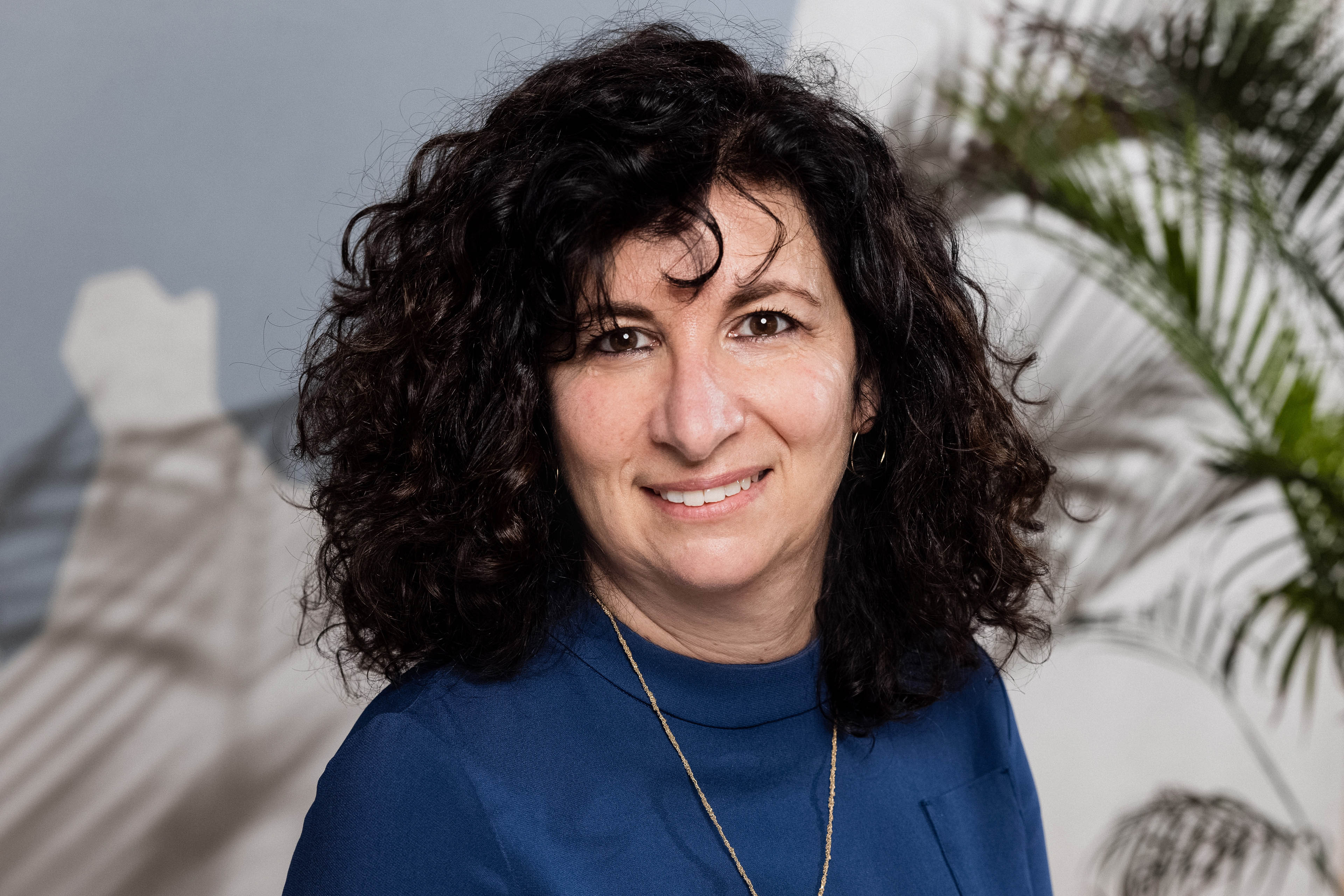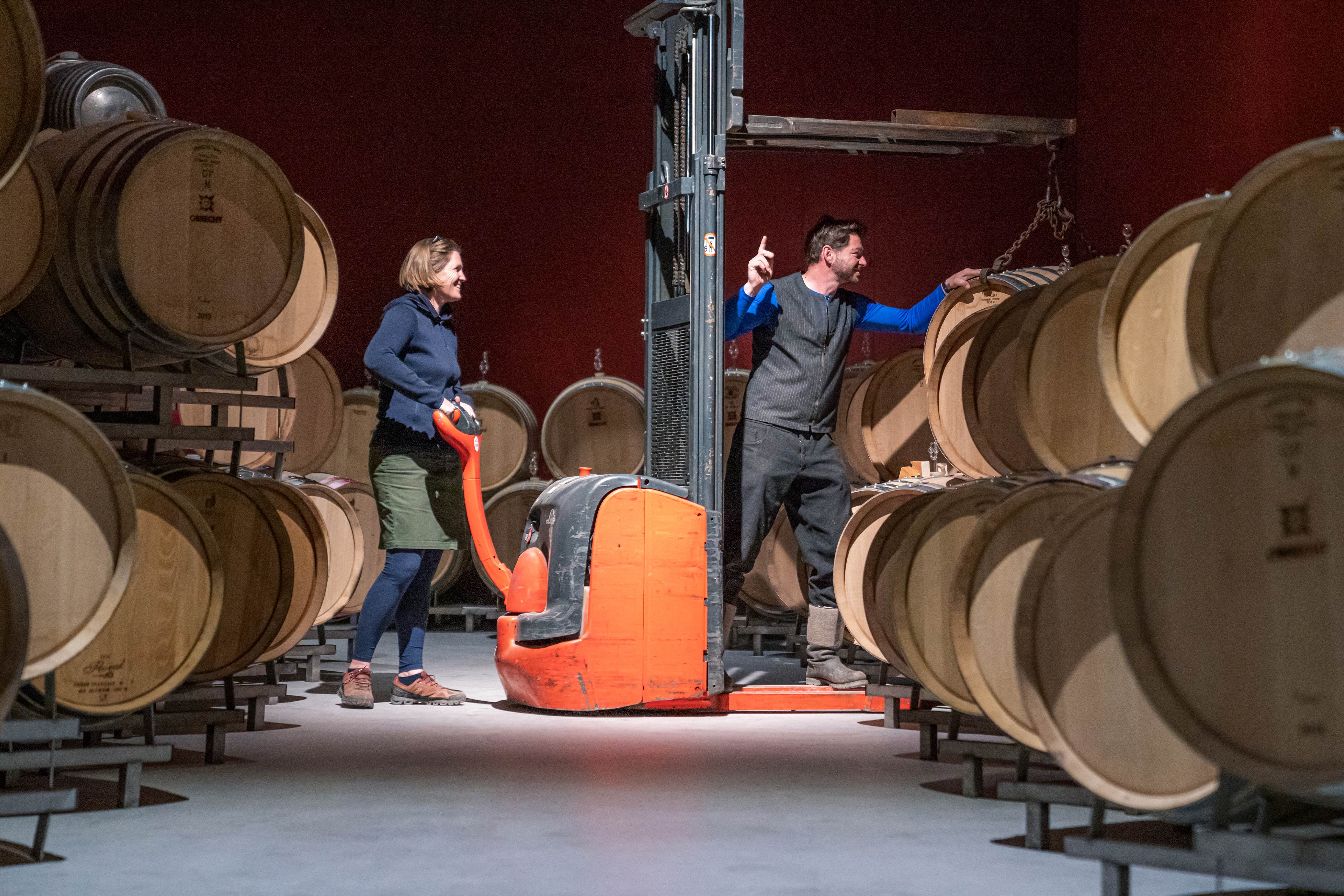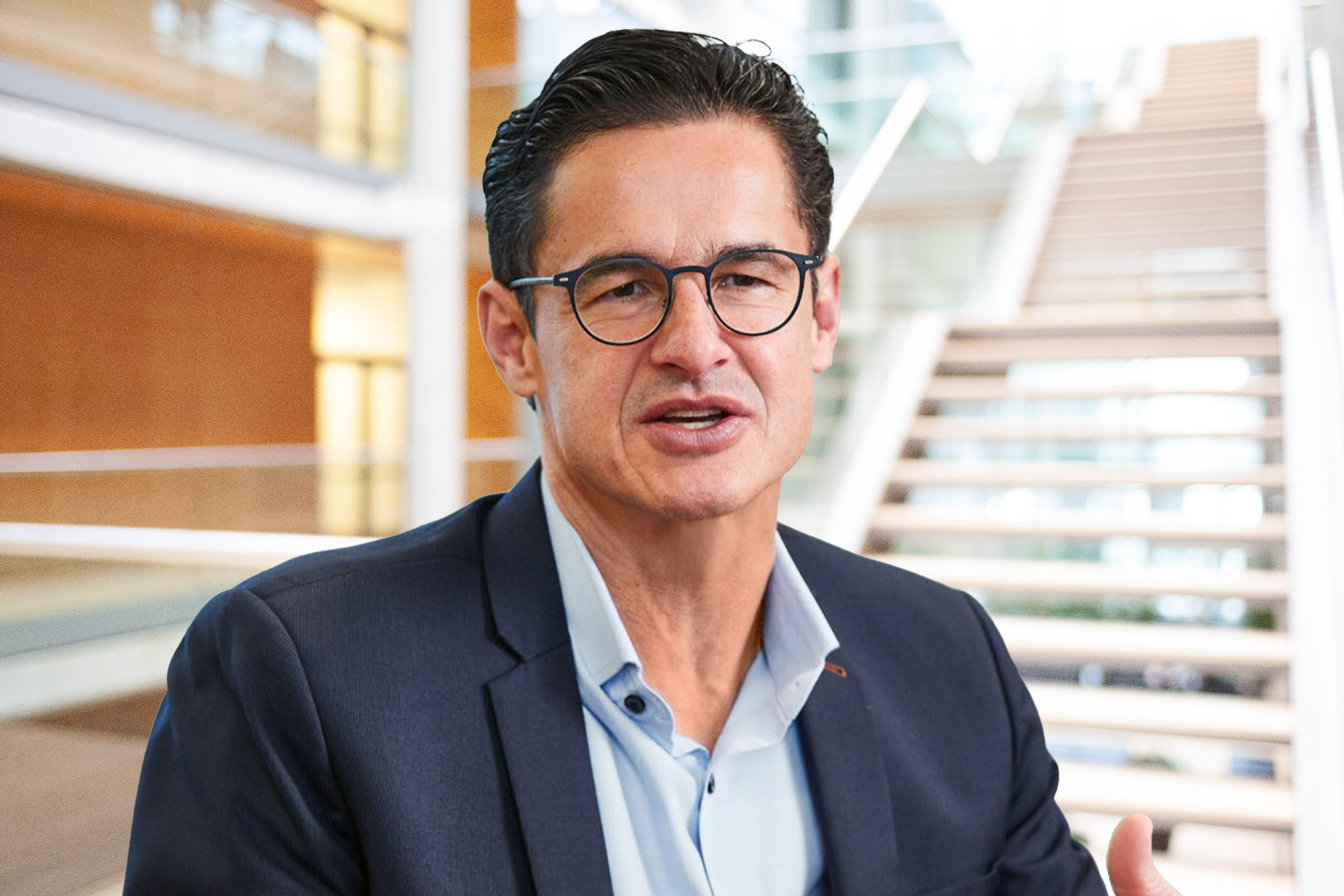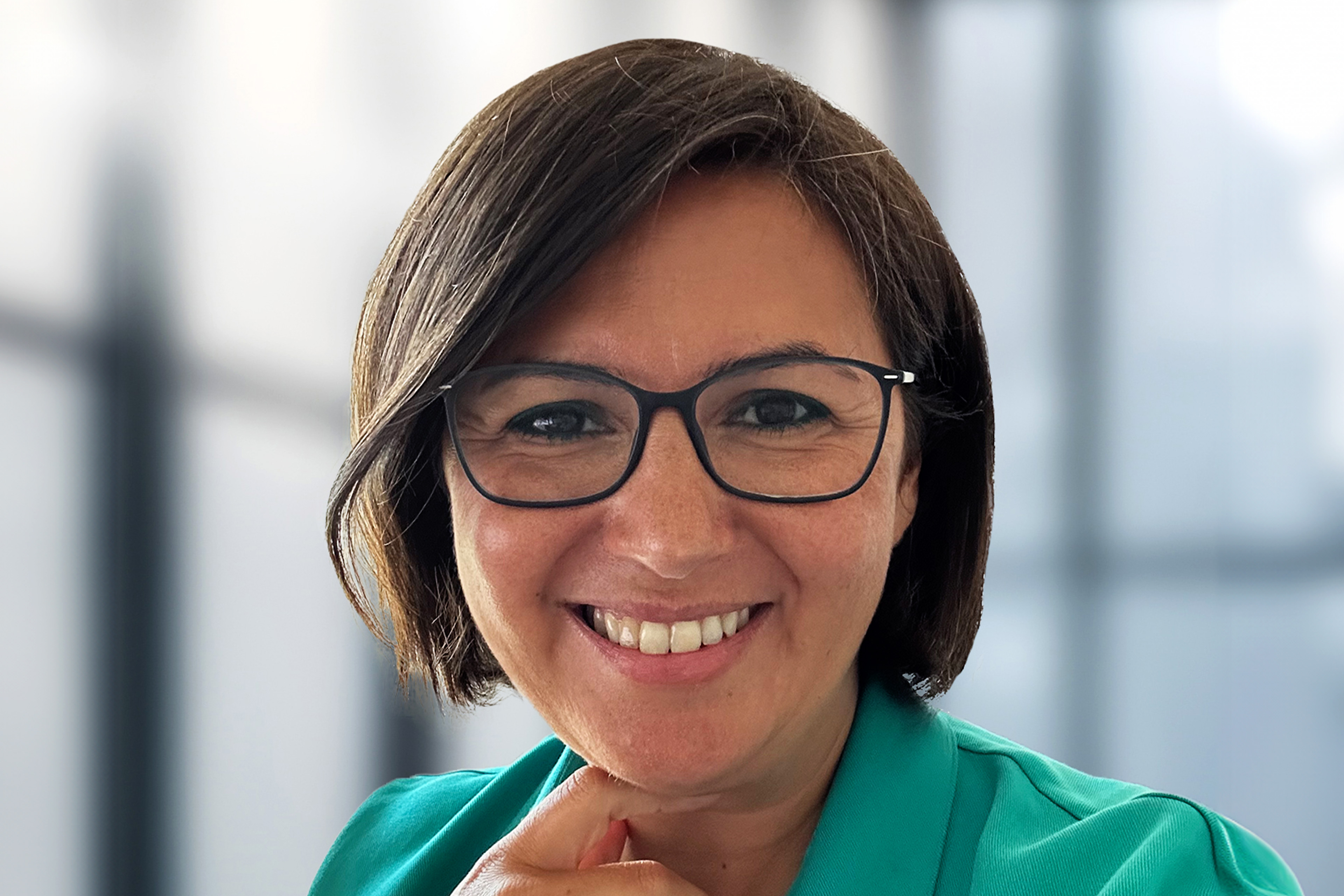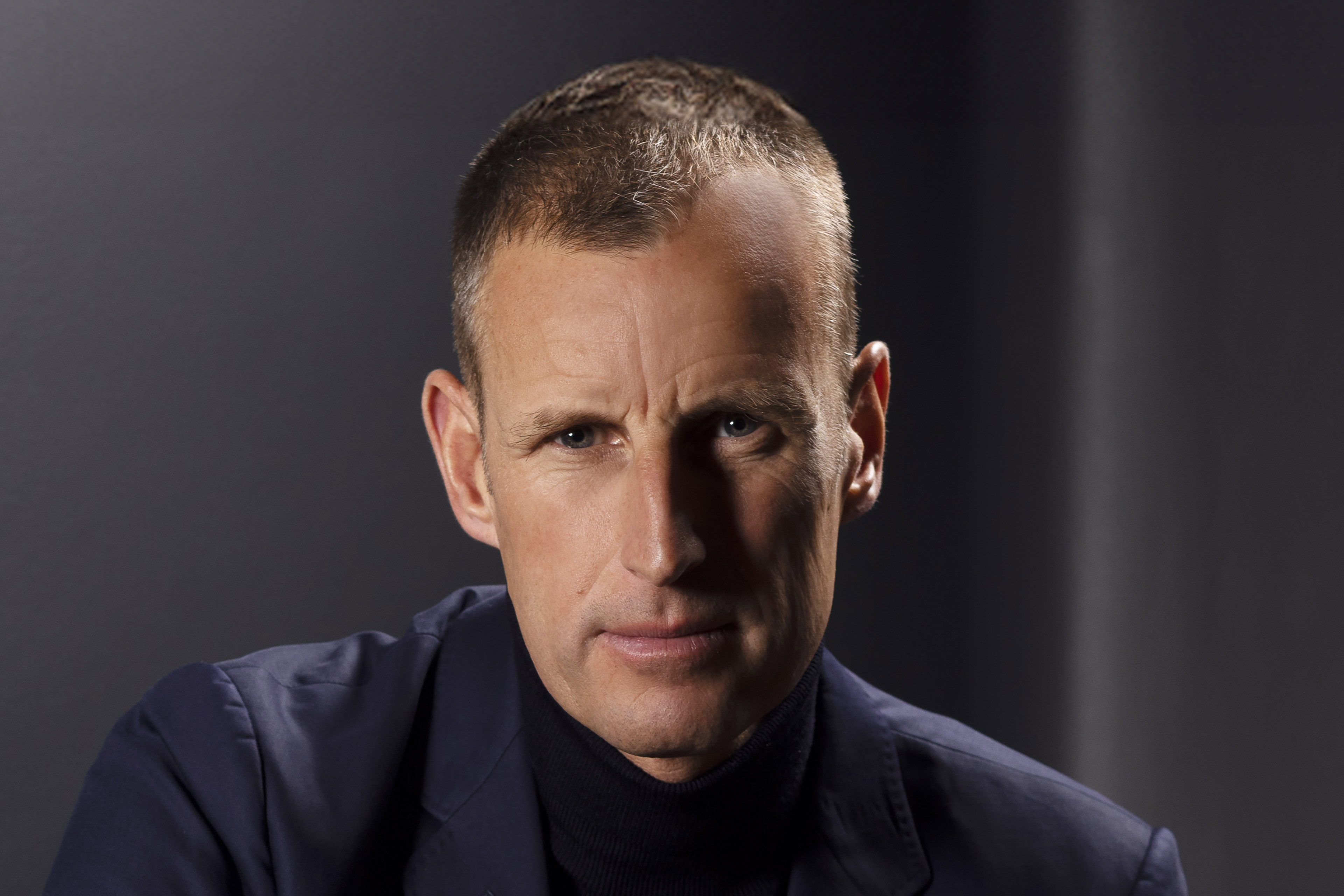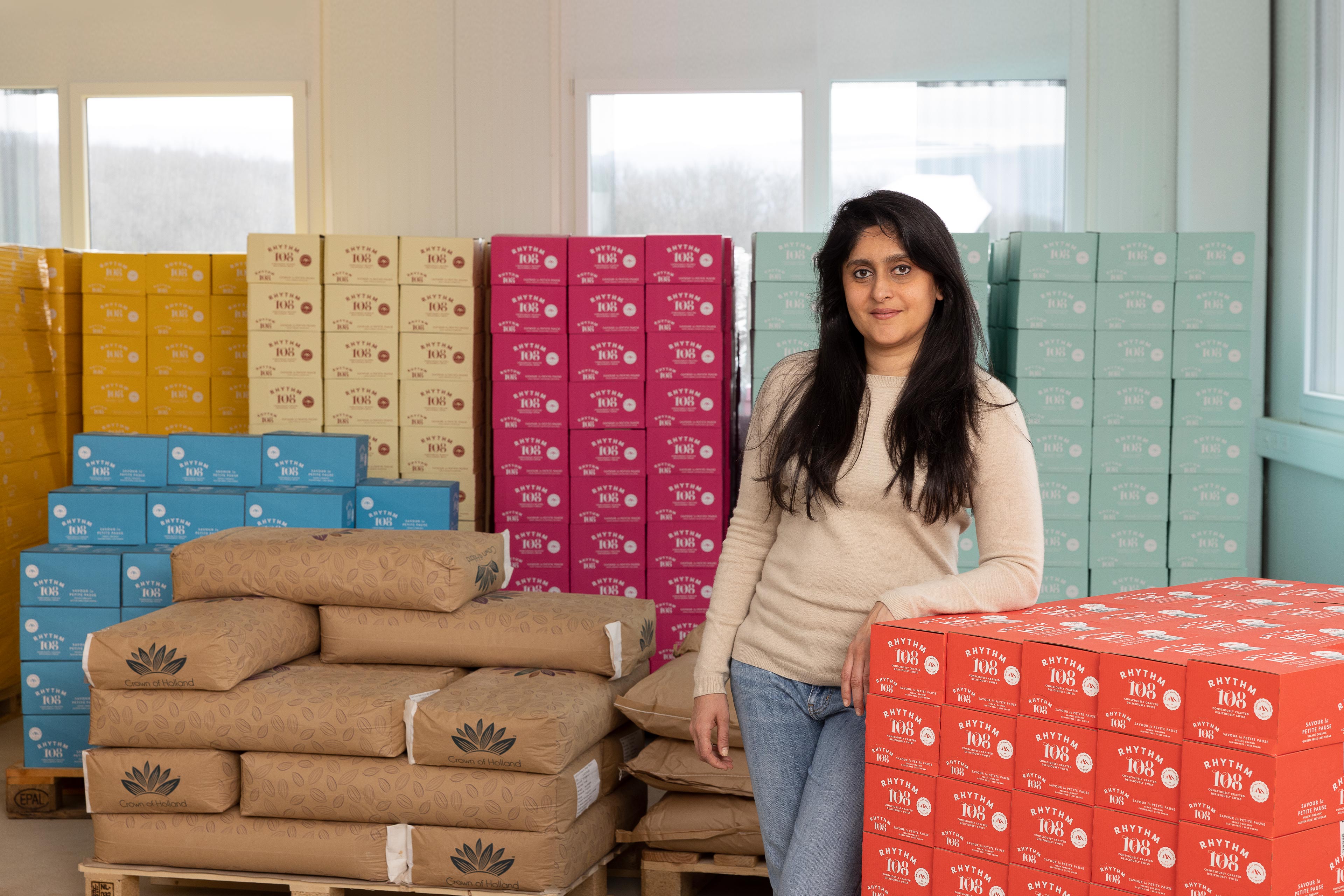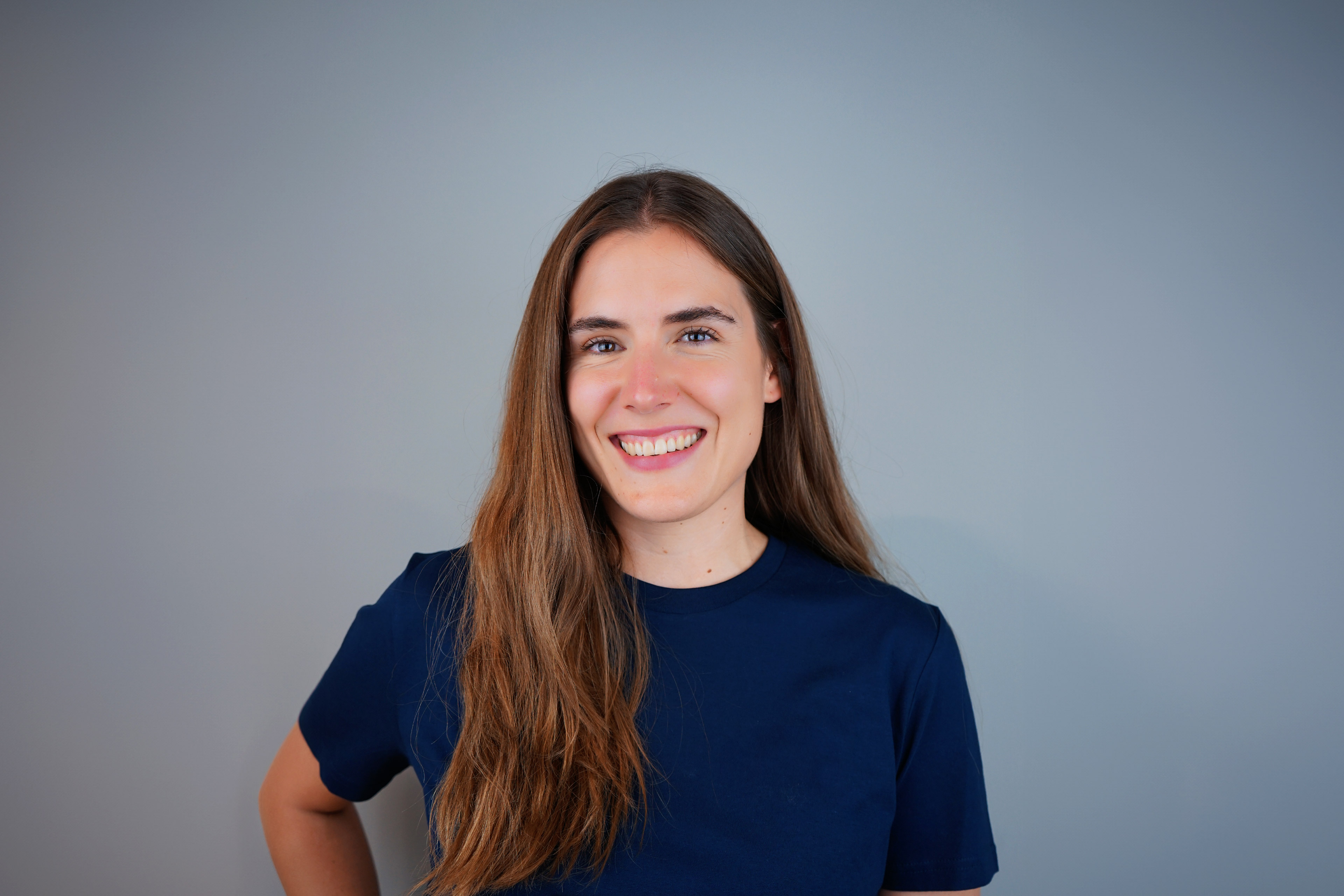EY refers to the global organization, and may refer to one or more, of the member firms of Ernst & Young Limited, each of which is a separate legal entity. Ernst & Young Limited is a Swiss company with registered seats in Switzerland providing services to clients in Switzerland.

“Applying a popular solution without understanding the problem won’t get us anywhere.
Regula Schorta
Dr. Regula Schorta has been Director of the Abegg-Stiftung foundation since 2002. In her role, she is responsible for collecting, exhibiting, conserving, restoring and studying historical textiles, as well as for the Master’s course in textile conservation and restoration affiliated with the Bern University of Applied Sciences. But she has known the organization for much longer, having trained as a textile conservator at the Abegg-Stiftung foundation immediately after graduating from high school. She then majored in History of Art at the University of Bern, taking minors in Medieval History and Architectural History, and worked for several years in Germany. In 1994, Regula Schorta returned to the Abegg-Stiftung foundation to take charge of textile conservation.
The Abegg-Stiftung foundation, set up in 1961, is a privately funded museum dedicated to the study and conservation of historical textile art. It enjoys worldwide renown for its collections, as a center of excellence and as an educational institution.
Energy shortages, recruitment, diversity: the Abegg-Stiftung foundation is facing the same current challenges as other organizations. How does the institution, founded in the sixties, deal with them? Director Dr. Regula Schorta talked about this with us and shared her personal approach.
Around 60 people work within your organization. Can you tell us how you manage them?
My approach is based on sincerity, care and commitment. Striving to make the best use of our opportunities and skills is what brings us closest to living up to the original idea behind the Foundation. These are the values that distinguish us, and I try to embody them. This means that I work hard to take care of our people, the historical objects and resources in general. We apply this care throughout the organization, be that in designing exhibitions, producing books and printed matter, formulating texts or even caring for our ProSpecieRara apple trees. We always try to carry out our work carefully. In addition, it’s important to me to encourage our people appropriately. They should be able to develop in a direction that suits both them and us.
How do you attract talent?
We are looking for people who share our mission and will pull together with us. For us as an institution with such a strong character, this is often a challenge, and it makes confidence all the more important. We can’t do without it – especially in our profession. We believe that what we do – championing cultural assets – is something that has a future. We make a significant contribution to society by sustaining cultural assets. The world and culture cannot do without people who know how to deal with them. And it’s these people we need to find.
Striving to make the best use of our opportunities and skills is what brings us closest to living up to the original idea behind the Foundation.
How is the Abegg-Stiftung foundation addressing the current energy shortage?
The sustainable use of resources is not a new topic for us. We’ve been managing our household efficiently and considerately for a long time. For example, we converted our heating system to wood chips in recent years. This makes us independent of fossil fuels. And this summer we installed a large photovoltaic system. It covers a significant portion of our electricity consumption in summer. At the same time, we have been making continuous efforts for a long time to reduce our energy consumption through efficient housekeeping. With a view to the climate, nature in general and the current situation, we are doing quite well today thanks to our long-term thinking.
The sustainable use of resources is not a new topic for us. We’ve been managing our household efficiently and considerately for a long time.
Another current topic is diversity. What experiences have you had as a woman in the role of director of a large foundation?
I have always experienced a very open climate. When I took up my post as Director 20 years ago, I became a mother at the same time. Thanks to the understanding of the Board of Trustees and my staff, combining the two roles was absolutely no problem. I was certainly privileged in my position to have a little more freedom to manage my time. Even back then, I was able to work from home – at a time when the concept didn’t really exist. As an institution, however, we tend to have the opposite problem: textiles are generally associated with women’s work. And most of the staff at our Foundation are women. When it comes to new appointments, we therefore have to seriously question whether we want to choose a woman again, because we could be further confirming the stereotype. But the bottom line is – quite simply – that we want the best person for the job. We don’t choose a man to make us look balanced, we choose the person who has the best track record for the position we want to fill. I believe this is still the right way to go. At the moment, the majority of our employees and students are female, but they come from very different backgrounds – from Taiwan or Brazil, for example.
How do you make sure a team with so many different cultures and backgrounds works?
Our shared subject matter and the common interest in our work are, of course, connecting points. But above all, it is important to have understanding for each other, to take everyone seriously and to let everyone come into their own, no matter where they come from. At the same time, no one person should completely dominate the whole team because of their own needs. In general, we try to cultivate our international community and strive to come together without blinkers as much as possible. Of course there are limits. In some regions of the world, our expectations and ways of working are too foreign for us to simply export them. Instead of training people here, we have already sent textile conservators to work directly with the relevant institute on site. They work on concrete tasks to develop solutions and train employees. This seems to us to be more effective, because sometimes people find that there’s neither understanding nor the right environment in their home country to implement what they have learned in Switzerland.
Being understanding of each other, taking everyone seriously and letting everyone come into their own, no matter where they come from, is critical to a culturally diverse team.
To what extent can the private sector benefit from your approaches?
I believe that our research approach applies not only to cultural assets, but more generally. Understanding the background moves us forward in finding solutions and thinking about the future. I apply this mindset not only to the study of historical textiles, but also in other areas of my professional and everyday life. I want to understand how a problem came about. Only then can I find a solution to it.
Understanding the background moves us forward in finding solutions and thinking about the future.
Featured articles and interviews
Sebastian Tobler, Co-founder and CEO of GBY SA
Sebastian Tobler is co-founder and CEO of GBY SA, which has developed a new approach for the rehabilitation of people with reduced mobility. An automotive engineer by training and trade, Sebastian Tobler’s life took a new direction when a bike accident left him paralysed. Alongside his entrepreneurial activities, he heads the SCI-Mobility Lab as Professor at the Bern University of Applied Sciences.
Originally from Naples where she grew up and studied physics, Luciana Vaccaro moved to Switzerland in 1996 to complete a PhD in microengineering at EPFL. She held various positions in research and education at the universities of Neuchâtel and Lausanne before heading the Grant Office at EPFL. In 2013 she took the reins of HES-SO as rector. Last October, Luciana Vaccaro was elected president of the umbrella organization swissuniversities and started in her new position on 1 February.
Francisca Obrecht, Weingut Obrecht
Peter Rupp grew up in Sargans, Switzerland, around 20km south of the Hilti headquarters in Liechtenstein. He studied Economics in St. Gallen, then took a post-graduate degree in Engineering in Winterthur.
Peter Rupp grew up in Sargans, Switzerland, around 20km south of the Hilti headquarters in Liechtenstein. He studied Economics in St. Gallen, then took a post-graduate degree in Engineering in Winterthur.
Serra Bicak is Senior Vice President Reckitt Africa Middle East at Reckitt Hygiene. She has lived and worked in eight different countries for various roles during her career in fast-moving consumer goods. Serra Bicak is passionate about diversity, equity and inclusion (DE&I) and leads Reckitt Hygiene’s gender balance program.
Patrick Pruniaux, Chairman & CEO of Sowind Group
Patrick Pruniaux has a background in business administration and began his career in the watch industry at TAG Heuer. Always fascinated by innovation, he joined Apple in 2014 and oversaw the launch of the Apple Watch. Following a move to Kering in 2017, he managed the Ulysse Nardin and Girard-Perregaux watch brands. In 2022, Patrick Pruniaux spearheaded the historic management buyout and now serves as CEO of these two brands within Sowind Group.
Siddhi Mehta, founder and CEO of Rhythm 108, talked to us about sustainability, craftmanship – and how her company combines heritage and innovation to take the Swiss chocolate tradition into the future.
Fabienne Muff, an engineer from Lucerne, studied mechanical engineering at the ETH Zurich with a focus on renewable energies and robotics.
Thomas Fürer has served ABB for 22 years, including 14 years in his current role as Group Head of Tax. A Certified Swiss Fiduciary Expert and Certified Swiss Tax Expert, he takes a keen interest in technology and digitalization in the tax function and beyond.





